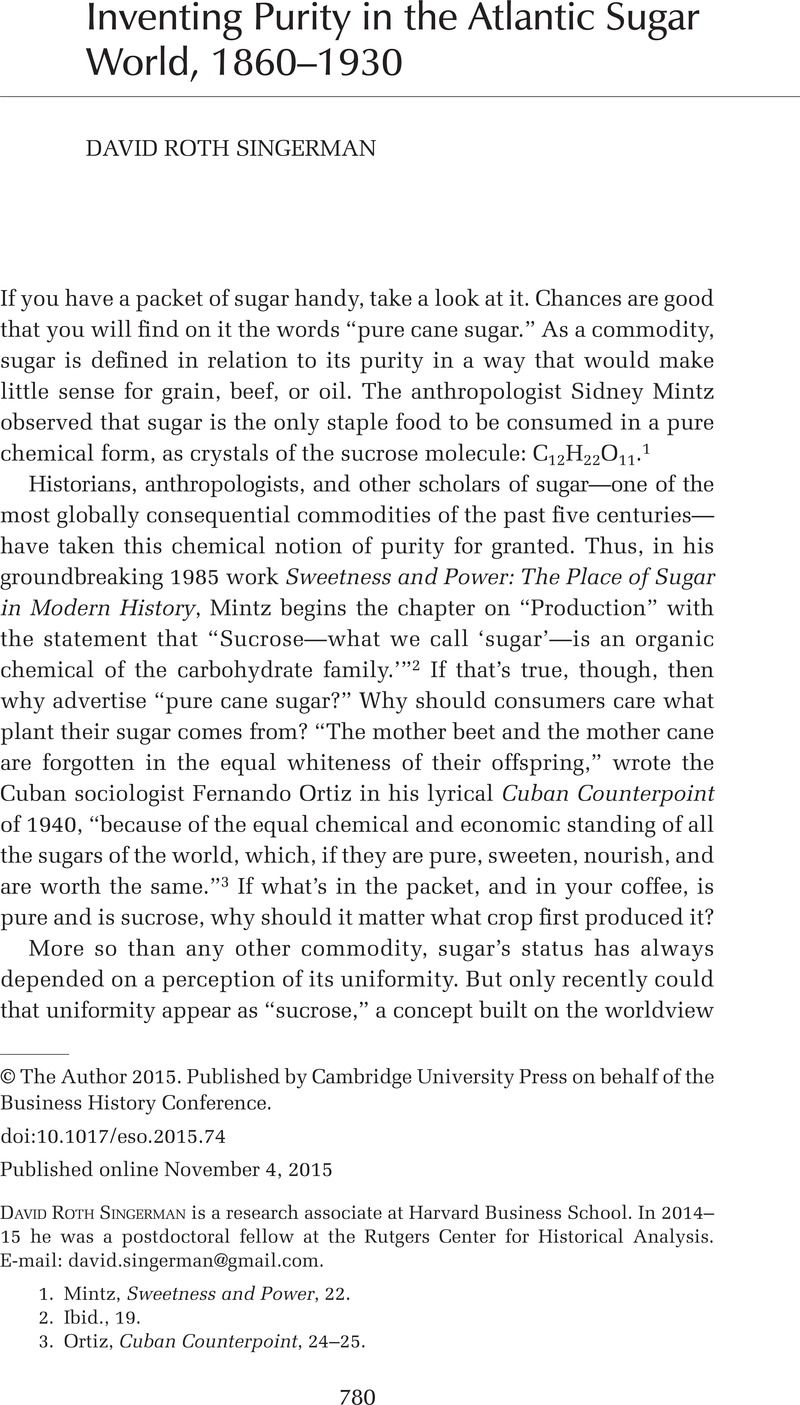Crossref Citations
This article has been cited by the following publications. This list is generated based on data provided by Crossref.
Stone, J. I.
2022.
Pure adulteration: cheating on nature in the age of manufactured food.
Food, Culture & Society,
Vol. 25,
Issue. 4,
p.
765.
Frohlich, Xaq
2022.
Making Food Standard: The U.S. Food and Drug Administration's Food Standards of Identity, 1930s–1960s.
Business History Review,
Vol. 96,
Issue. 1,
p.
145.
Raby, Megan
2023.
Beyond Bananas.
Agricultural History,
Vol. 97,
Issue. 3,
p.
383.
von Stackelberg, Emmet
2024.
“The Fatal Blemish”: Purity, Consistency, and Chemical Engineers at the Origin of a New Visual Order, 1890–1930.
Enterprise & Society,
p.
1.



